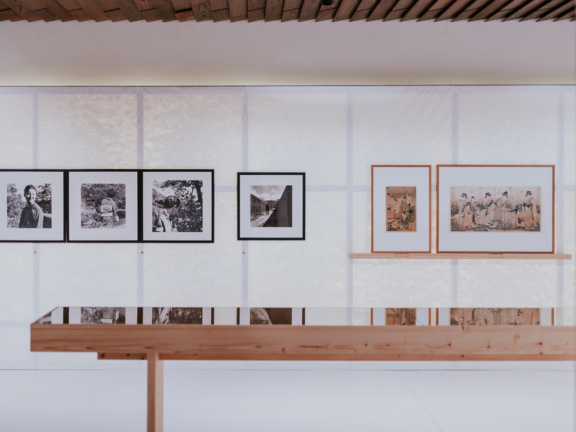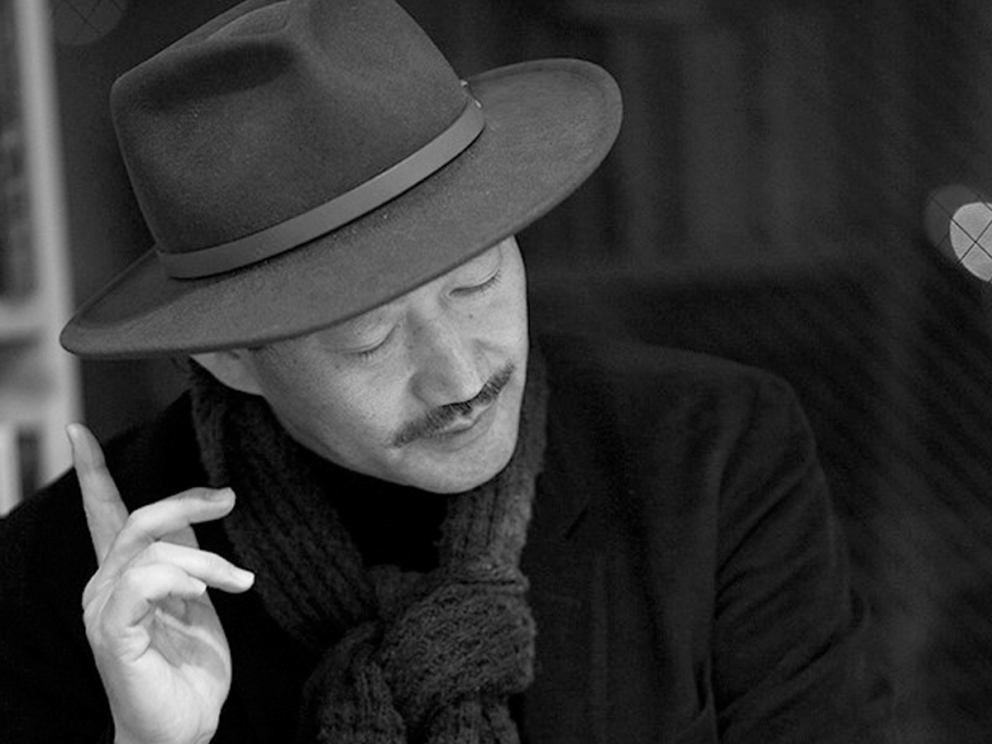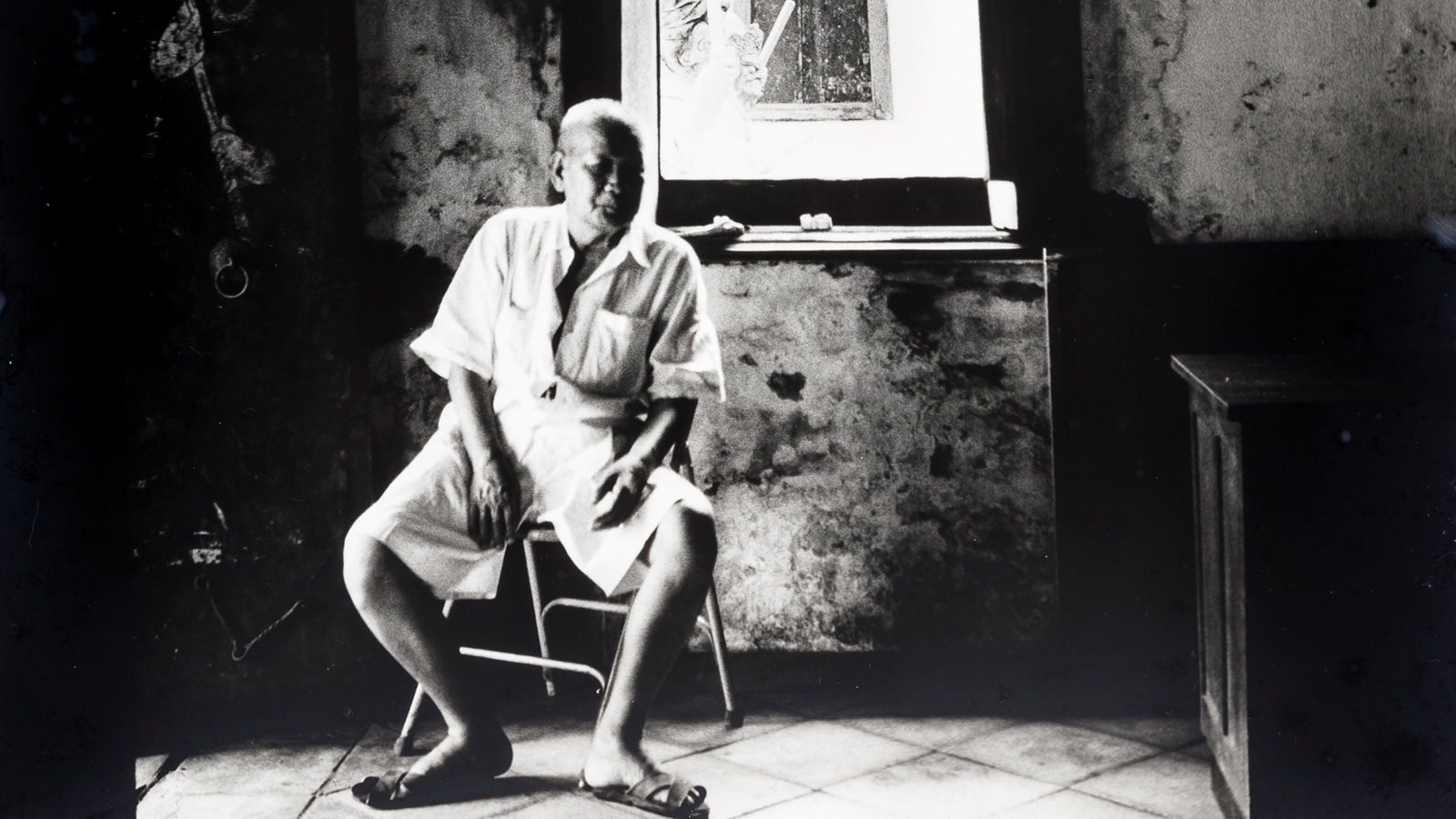
Japan in the artistic creation of Fernando Lemos
Calligraphy, photography, engraving and drawn gesture
Event Slider
Date
- / Cancelled / Sold out
Location
Engawa Gulbenkian GardenIn Portuguese, with Portuguese Sign Language interpretation.
Calligraphy, humanity’s primordial impulse to ‘write’ and ‘draw’ (Imafuku), took Fernando Lemos to Japan in 1963, with a grant from the Calouste Gulbenkian Foundation.
In this talk, the influence of Japanese painting in the drawings, calligraphy and in the work of the artist Fernando Lemos will be addressed from this principle, broadening the thinking about the confluence of Western and Eastern cultures to other facets of the image and creative production.
Engawa – A Season of Contemporary Art from Japan
‘Engawa’ is a programming that brings to Lisbon a set of creators from Japan and the Japanese diaspora, many of them for the first time in Portugal. More info
Speakers
-

Alexandra Curvelo
Alexandra Curvelo is a Full Professor in the Department of History of Art at the School of Social Sciences and Humanities of Nova University of Lisboa, and Director of the Institute of History of Art (IHA / NOVA FCSH). She worked in the field of Museums and Conservation between 1996 and 2014, focusing on inventory, research, editorial coordination and exhibitions curatorship. Moreover, she coordinates the MA in History of Art and Museology at NOVA FCSH. Her area of research is the material and visual culture associated with the Iberian presence in Asia, with a focus on Japan, and the study of cultural transfers between Europe, Asia and America during the 16th and 17th centuries.
-

Leonor Nazaré
Leonor Nazaré (Caldas da Rainha, 1963) has a PhD in Contemporary Art from the College of Arts of the University of Coimbra, in 2017, and has been an advisor and curator at CAM since 1999. Nazaré has been an art critic since 1989: she was a permanent contributor to the newspaper Expresso between 89 and 97 and an occasional contributor to some national and foreign art magazines. She was a member of the governing body of the Portuguese section of AICA (International Association of Art Critics) from 2004 to 2012. Since 2016, she has coordinated the digital catalogue of História das Exposições de Arte da Fundação Calouste Gulbenkian.
-

Rosely Nakagawa
Rosely Nakagawa is an independent curator who graduated in Architecture from FAUUSP in 1977 and specialised in Museology in 1979 at the University of São Paulo. She created the first gallery dedicated to photography in São Paulo, Galeria FOTOPTICA, with Thomaz Farkas in 1979. As a curator, she has held exhibitions at Pinacoteca, MASP, MAC, MAM do Estado de São Paulo, Museu Nacional de Brasília and Itau, among others. Abroad, she has curated projects at MOMA PS1, the Guggenheim, the Nagoya Metropolitan Museum and Galeria 111. She has curated exhibitions by artists such as Fabrizio Plessi and Luise Weiss, among others.
-

Ryuta Imafuku
Ryuta Imafuku is an anthropologist, a cultural critic and professor emeritus at Tokyo University of Foreign Studies. As visiting professor at the Centre for Japanese Studies at the University of São Paulo (2000) and at the Pontifical Catholic University of São Paulo (2003), he has constantly contributed to the development of Cultural Studies in Brazil and other regions of Latin America, the Caribbean islands and the East Asian archipelago. Among other publications, he wrote The Heterology of Culture, Homo Ludens in Brazil and Archipel-Monde.
Programme
15:00 / Introduction
15:10 / The image and the gesture in black and white
15:30 / Learning to see. Japan in Fernando Lemos
15:50 / Archipelago of the calligraphic imagination
16:10 / Talk
16:30 / Q&A
16:45 / Closing
Support
The Calouste Gulbenkian Foundation reserves the right to collect and keep records of images, sounds and voice for the diffusion and preservation of the memory of its cultural and artistic activity. For further information, please contact us through the Information Request form.
